As the colder months roll in, many of us notice changes in our skin, especially increased dryness. Exfoliation can be a key step in maintaining smooth, radiant skin, even for dry skin types. However, it’s crucial to exfoliate with care to prevent irritation and damage to the skin barrier. Below are the essential dos and don'ts of exfoliating dry skin, supported by scientific research.
Why Exfoliation Matters for Dry Skin
Exfoliation removes dead skin cells from the outermost layer of your skin, which can help with skin renewal, improve hydration levels, and even enhance the absorption of moisturizers. According to dermatological studies, exfoliation increases skin turnover, stimulates collagen production, and can improve skin texture, especially in people with dry skin.
However, when exfoliation is done incorrectly or too frequently, it can disrupt the stratum corneum, the outermost layer of the skin, leading to increased transepidermal water loss (TEWL). This can worsen dryness, leading to irritation and flakiness/
Dos: How to Exfoliate Dry Skin Safely
1. Do Choose Chemical Exfoliants Over Physical Scrubs
Chemical exfoliants—like alpha hydroxy acids (AHAs) such as glycolic acid and lactic acid—are gentler for dry skin compared to physical scrubs. AHAs work by breaking down the "glue" between dead skin cells, promoting natural exfoliation without the abrasive action of physical exfoliants. This process has been shown to improve hydration and smoothness of the skin, as confirmed by studies published in Dermatologic Surgery.
Rejuvaskin’s Cleanser is a great option for dry skin, combining gentle AHAs with hydrating ingredients that prevent irritation.
2. Do Exfoliate Once or Twice a Week
Exfoliating too frequently can compromise the skin barrier, causing increased TEWL, which leads to dehydration and heightened sensitivity. Scientific studies recommend limiting exfoliation to once or twice a week, especially for those with dry skin. Over-exfoliation can lead to irritation and inflammation, which is why it’s important to space out your exfoliating sessions.
3. Do Exfoliate at Night
Exfoliating at night allows your skin time to regenerate and repair itself while you sleep. Studies in Skin Research and Technology indicate that skin repairs itself more effectively at night, making evening exfoliation a good practice for dry skin . It’s also safer because freshly exfoliated skin is more sensitive to sunlight.
4. Do Follow With a Rich Moisturizer
After exfoliating, your skin’s barrier is temporarily compromised, which can lead to increased water loss. Applying a moisturizer with humectants like hyaluronic acid and ceramides immediately afterward helps rehydrate the skin and restore the barrier. A study in the Journal of Clinical and Aesthetic Dermatology shows that moisturizing after exfoliation significantly decreases TEWL and keeps skin soft .
Rejuvaskin’s Advanced Firming Cream is rich in squalane and hyaluronic acid, both of which are effective in keeping dry skin hydrated post-exfoliation.
5. Do Use Sunscreen After Exfoliating
Exfoliation leaves your skin more sensitive to UV rays, which can damage the skin and exacerbate dryness. A broad-spectrum sunscreen (SPF 30 or higher) is essential to protect against harmful rays. Research published in the Journal of the American Academy of Dermatology emphasizes the importance of sun protection after exfoliation, as it helps prevent UV-induced damage and promotes skin barrier integrity .
Don'ts: Mistakes to Avoid When Exfoliating Dry Skin
1. Don't Over-Exfoliate
Exfoliating more than twice a week can lead to increased dryness, irritation, and inflammation, as demonstrated in clinical trials that have examined the effects of exfoliation on the skin barrier . Stick to exfoliating once or twice weekly to avoid disrupting your skin’s natural moisture balance.
2. Don't Use Harsh Physical Scrubs
Physical scrubs containing coarse particles like sugar, salt, or nutshells can create micro-tears in the skin, which leads to increased irritation and sensitivity, especially in dry skin types. Studies have shown that physical exfoliants can be overly abrasive for dry skin, causing more harm than good . Instead, stick to chemical exfoliants for gentler results.
3. Don't Exfoliate on Broken or Inflamed Skin
If your skin is compromised (due to eczema, psoriasis, or active breakouts), exfoliating can worsen inflammation and slow down the healing process. A study in Archives of Dermatological Research highlights the importance of avoiding exfoliation on compromised skin to prevent additional irritation and damage.
4. Don't Combine Exfoliants with Harsh Actives
Using exfoliants alongside strong ingredients like retinoids or benzoyl peroxide can increase irritation, especially for dry skin types. Dermatological studies recommend alternating days when using active ingredients to avoid overloading the skin and causing excess dryness .
Conclusion
Exfoliating dry skin can help remove dead skin cells and reveal a glowing complexion, but it must be done carefully. Stick to chemical exfoliants, exfoliate no more than twice a week, and always follow up with a moisturizer to maintain hydration. Protect your freshly exfoliated skin with sunscreen to avoid UV damage and ensure your skin stays smooth and healthy.
Rejuvaskin’s Cleanser and Advanced Firming Cream are formulated to offer effective yet gentle care for dry skin, keeping your skin barrier intact and moisturized.
Works Cited
Journal of Cosmetic Dermatology. (2019). The efficacy of glycolic acid in treating skin dryness and improving skin barrier function. Journal of Cosmetic Dermatology, 18(3), 432-440.
Journal of Clinical and Aesthetic Dermatology. (2020). The impact of humectants on reducing TEWL post-exfoliation. Journal of Clinical and Aesthetic Dermatology, 13(5), 122-127.
Journal of the American Academy of Dermatology. (2020). Sun protection’s role in maintaining skin barrier integrity post-exfoliation. Journal of the American Academy of Dermatology, 62(2), 183-188.
Skin Research and Technology. (2018). Night-time skin regeneration: The importance of evening skincare routines. Skin Research and Technology, 24(4), 487-494

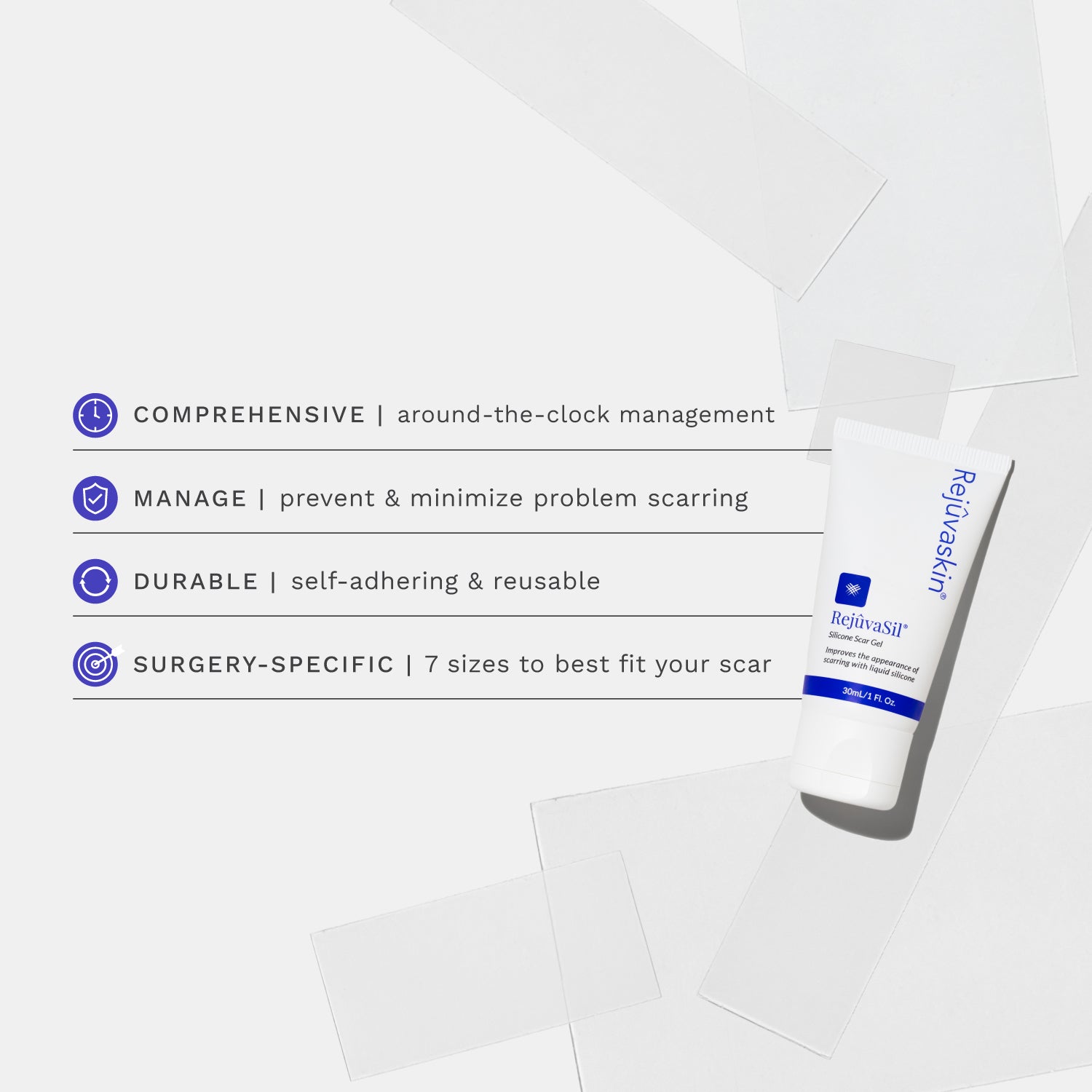
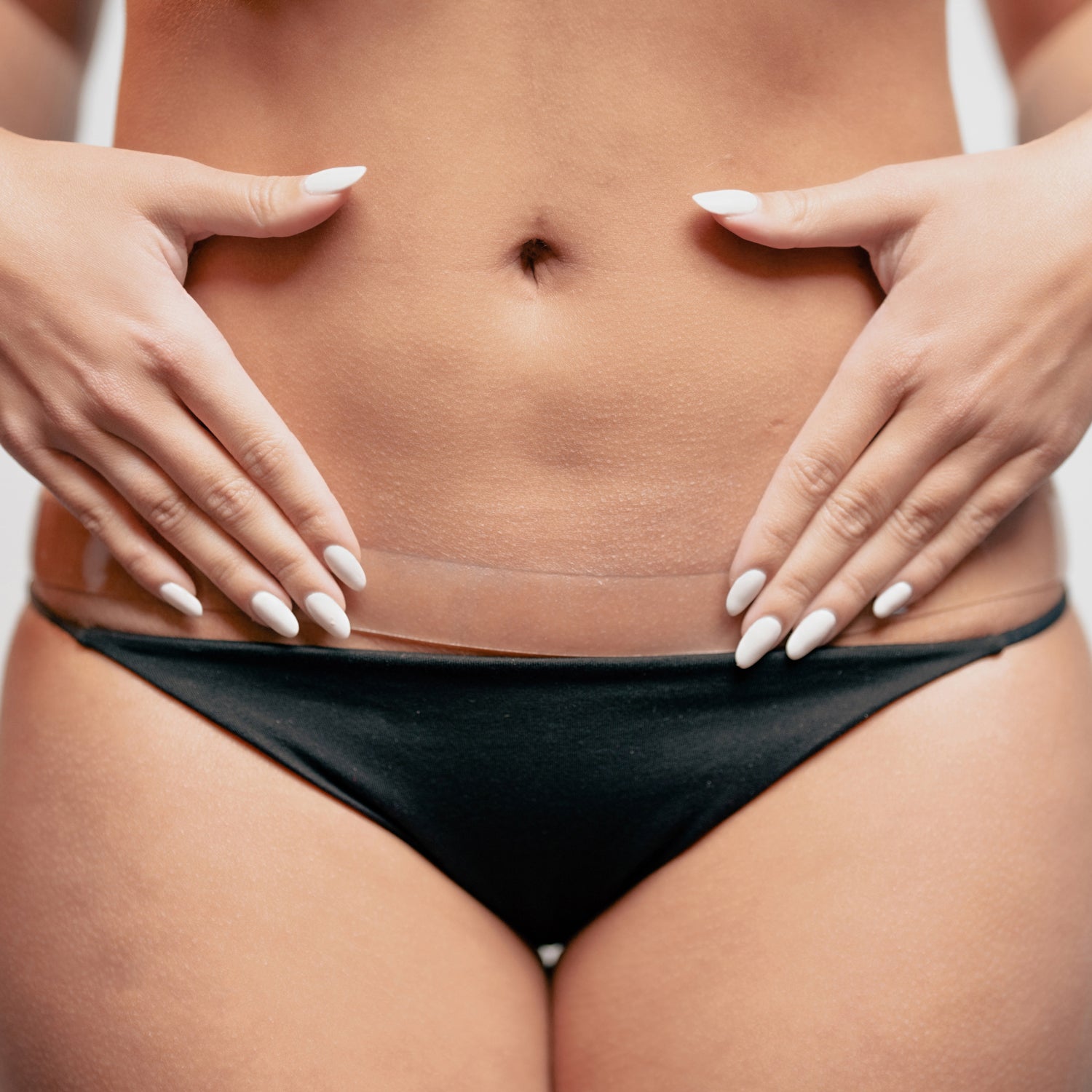
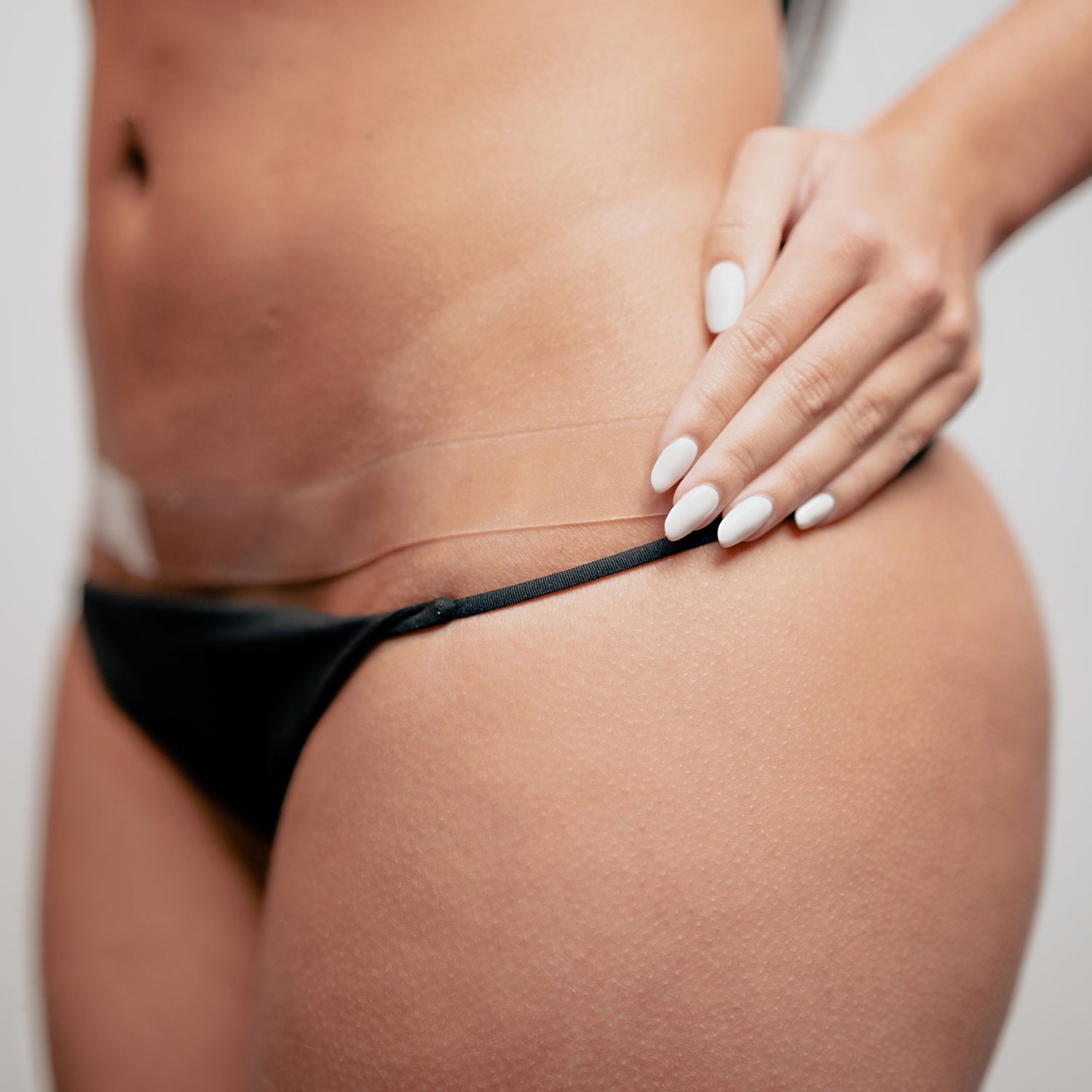
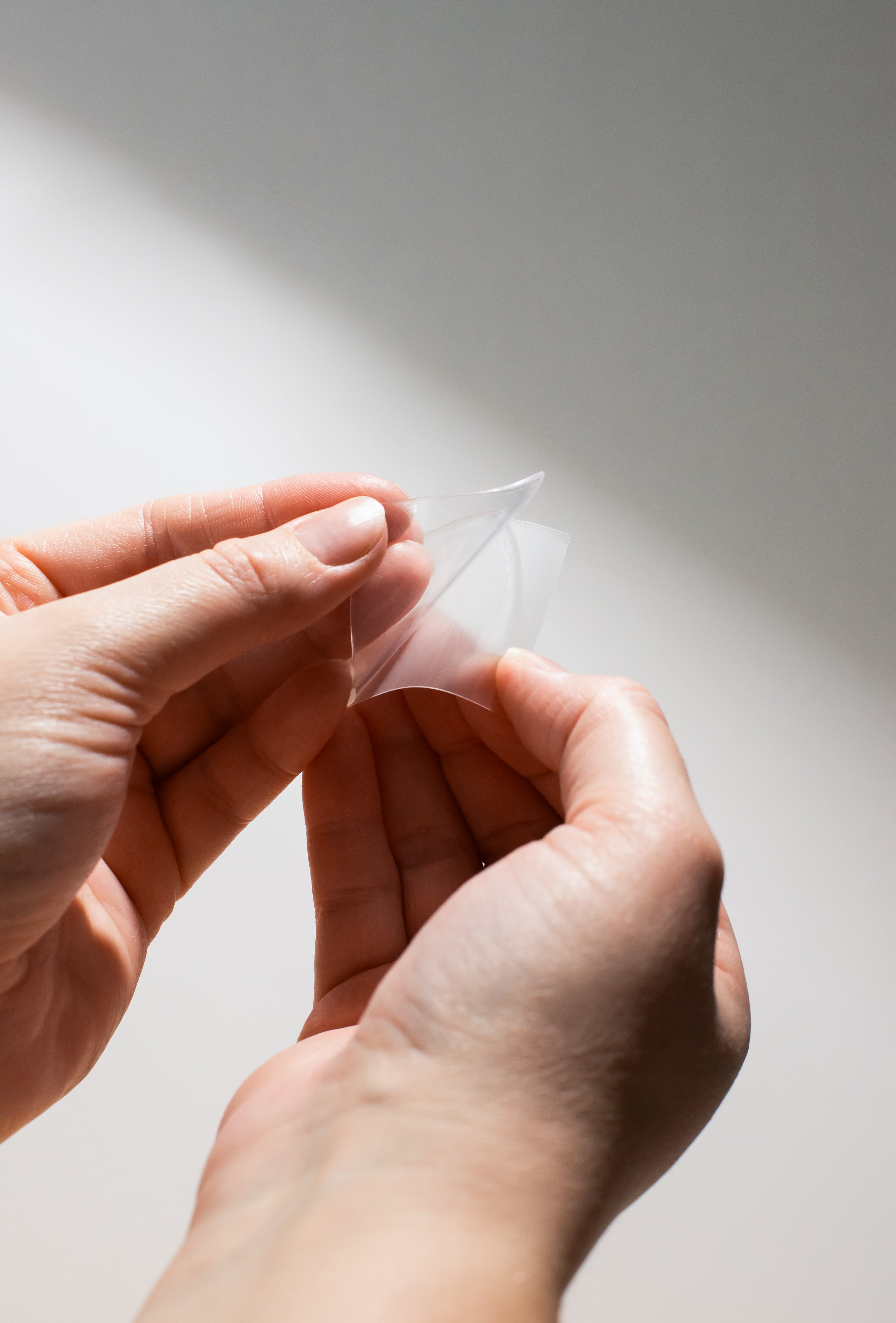




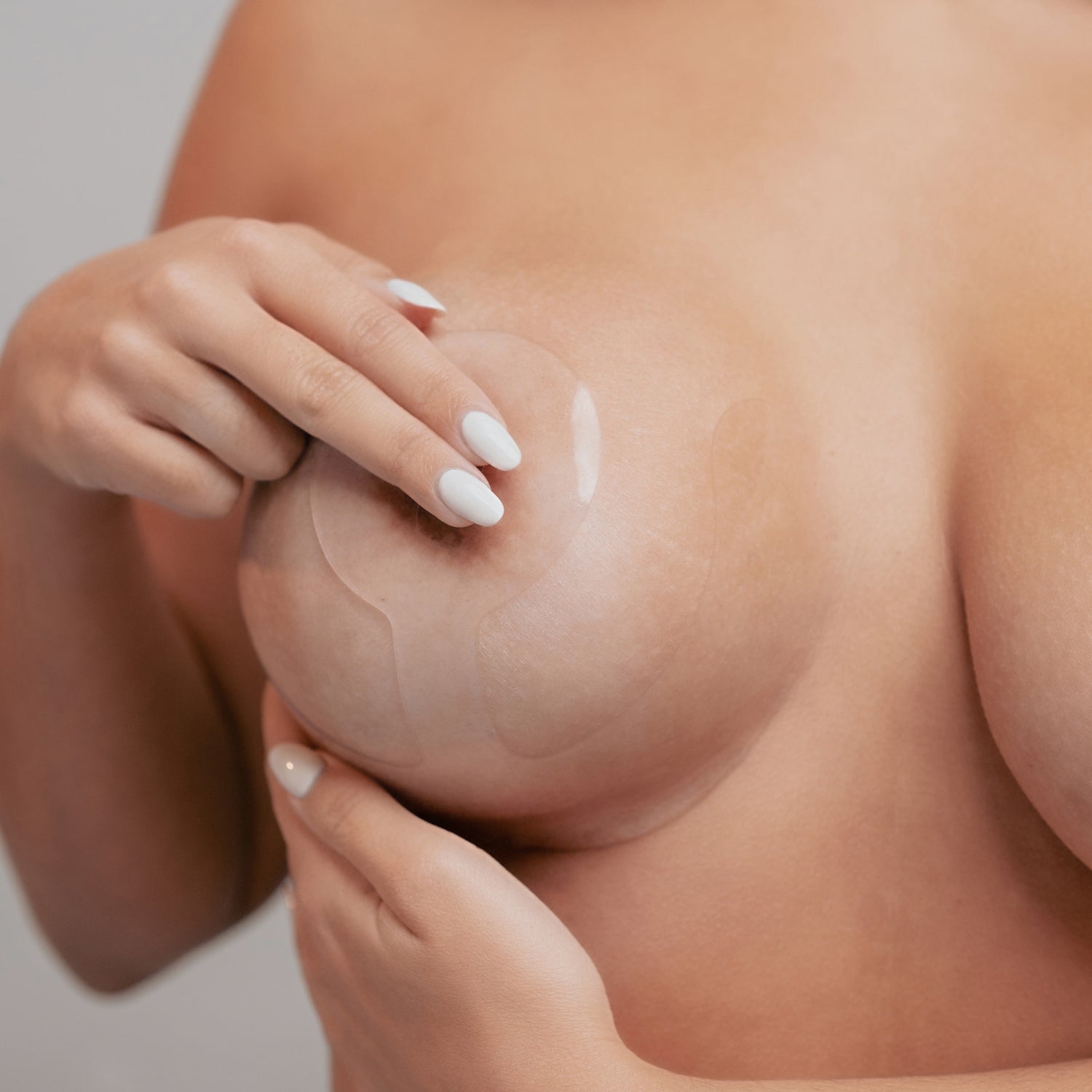


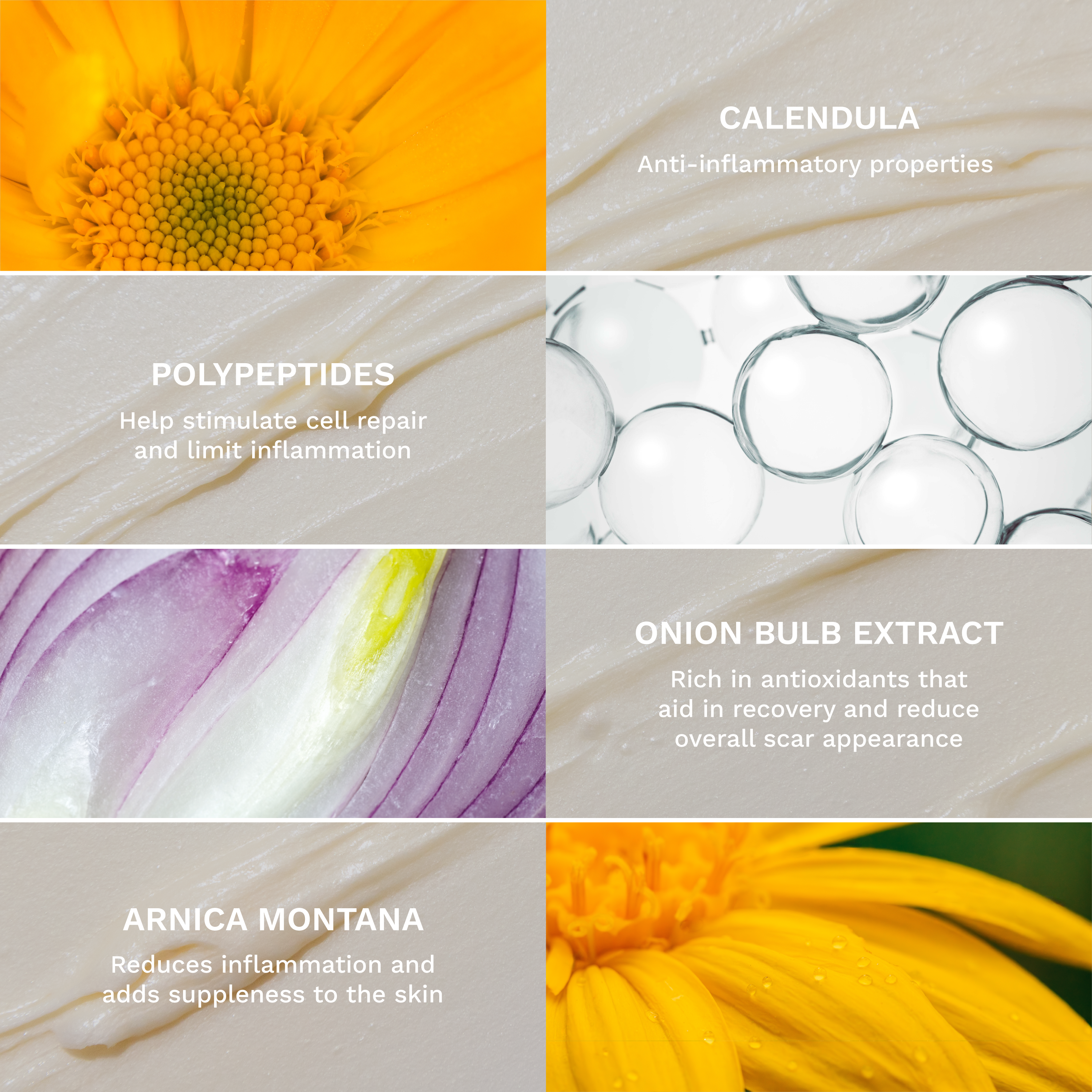
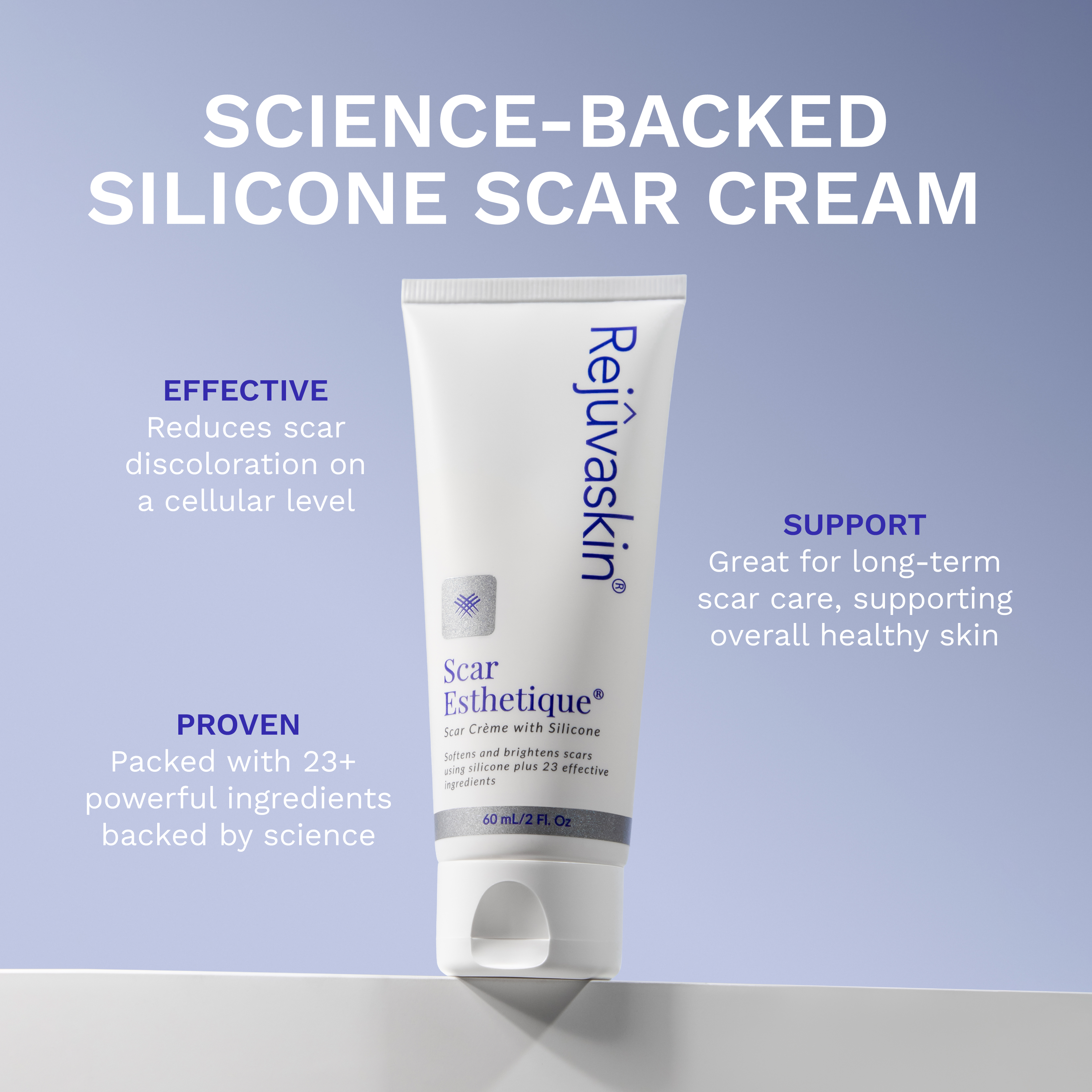
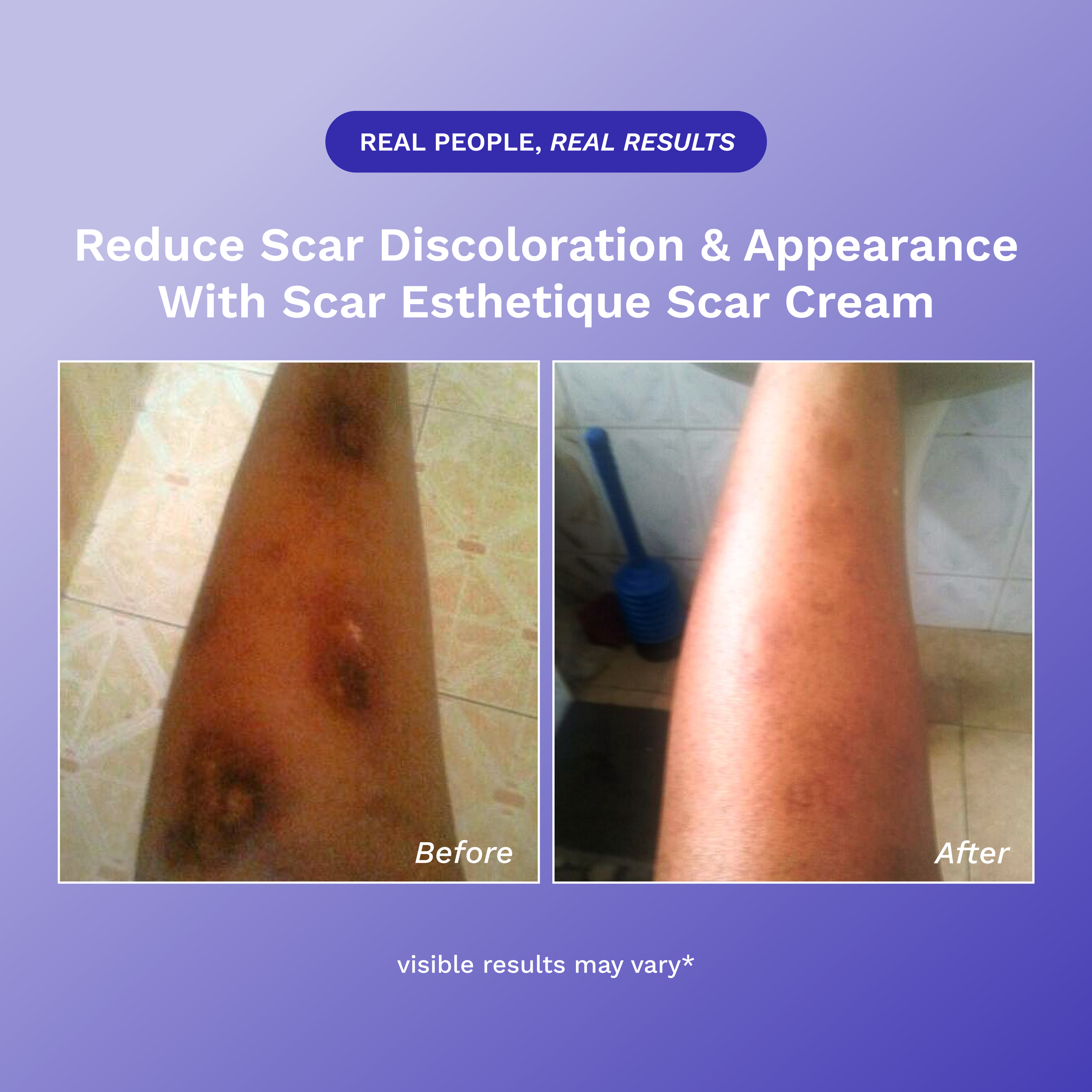

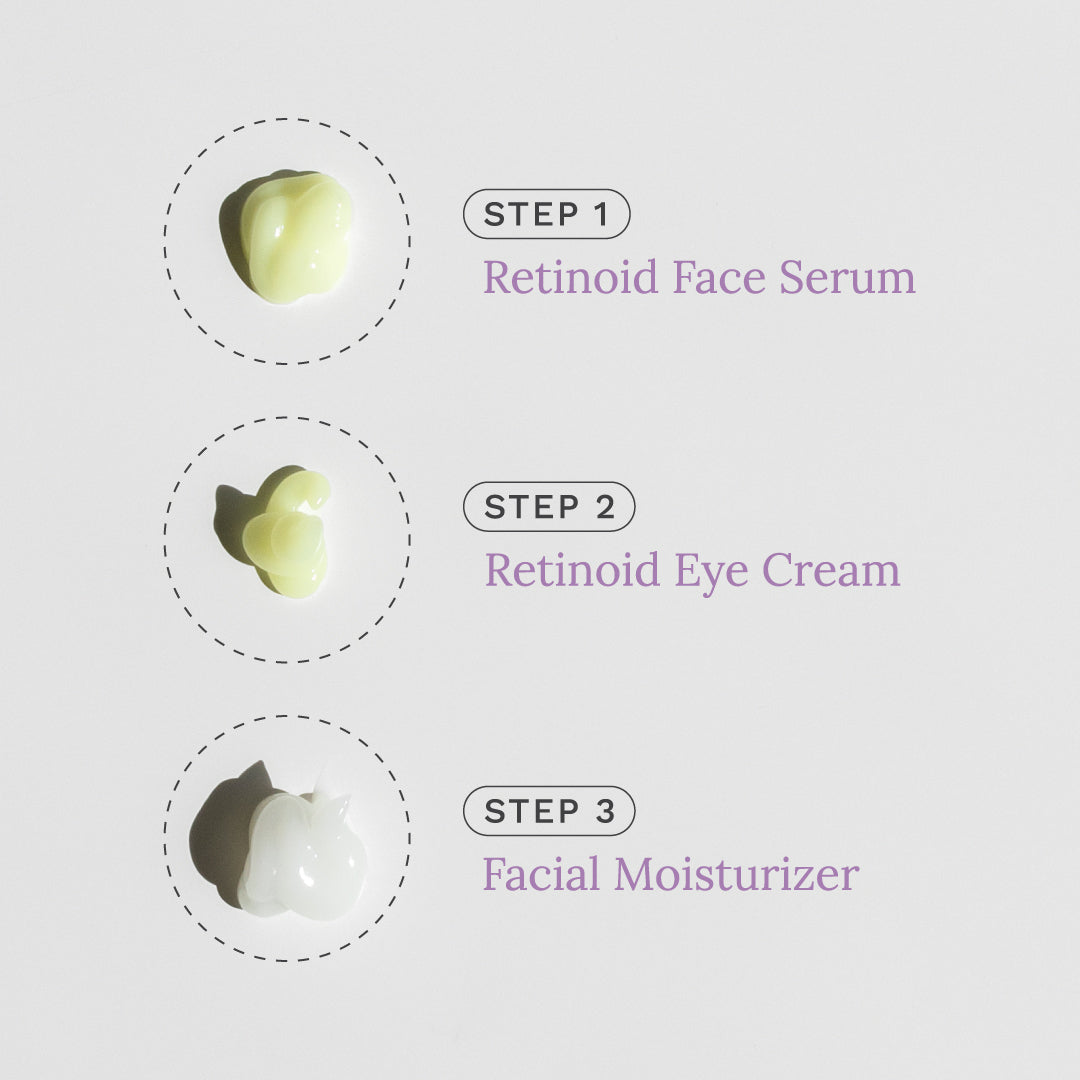
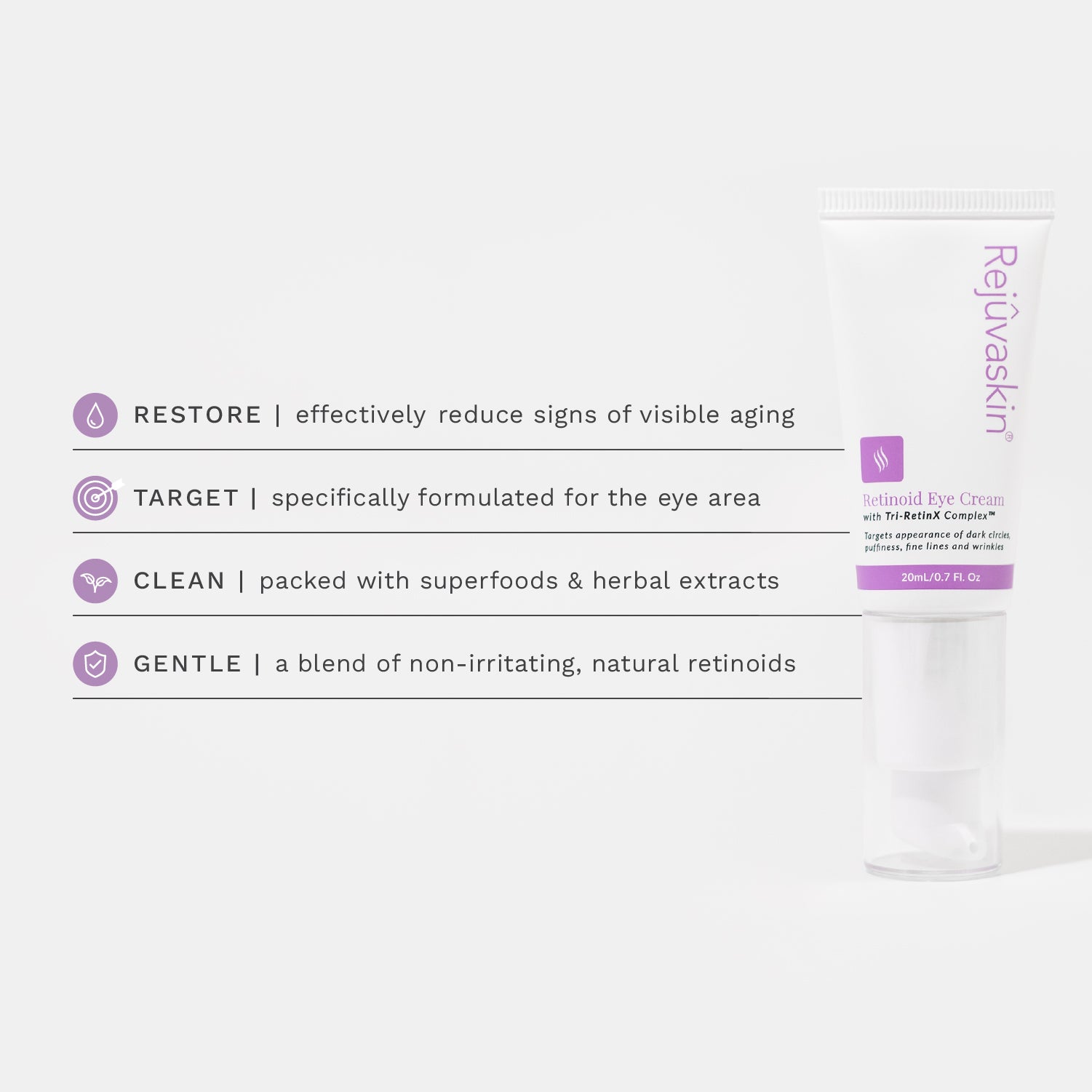
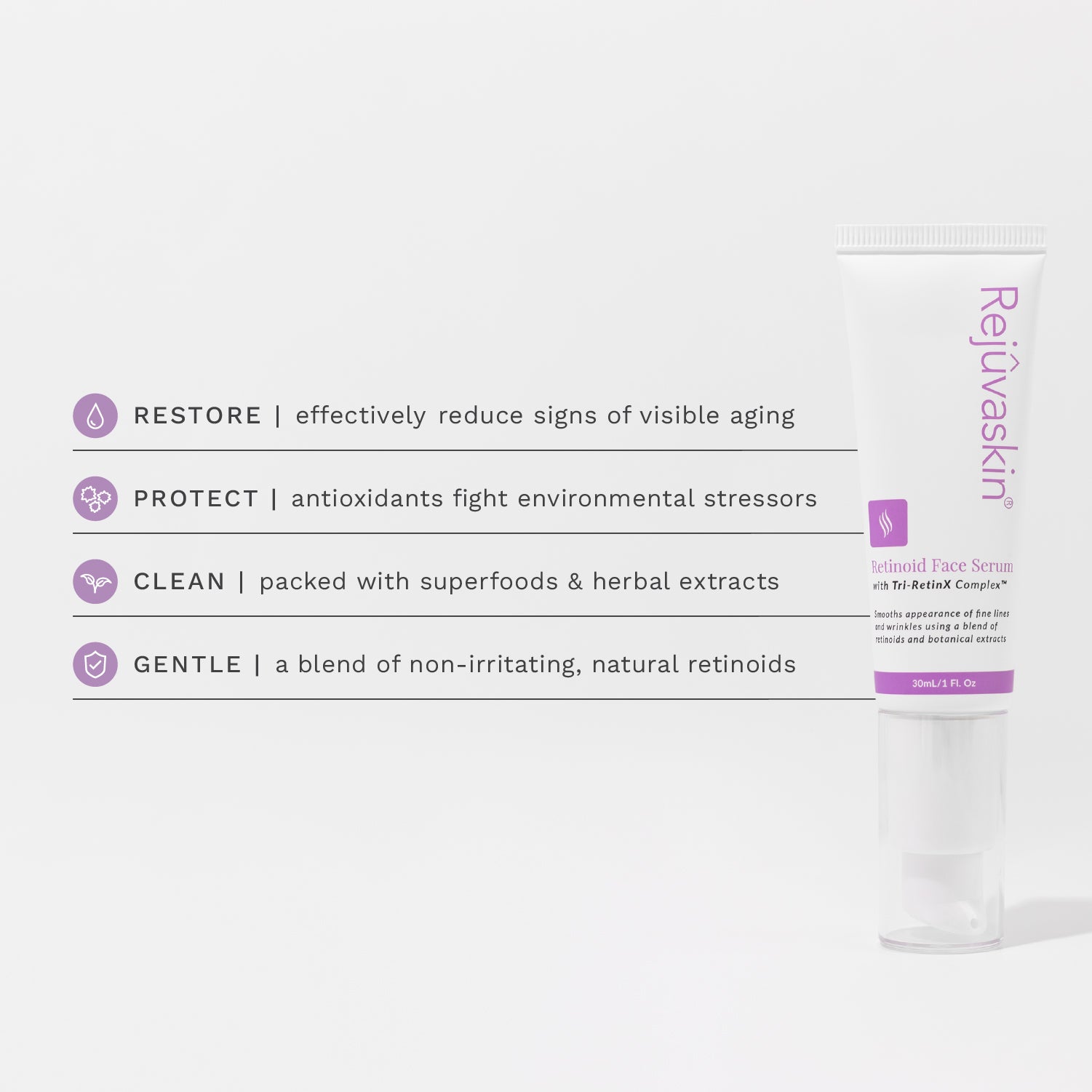

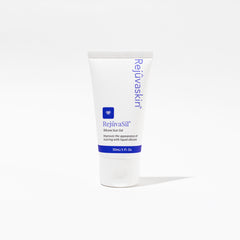
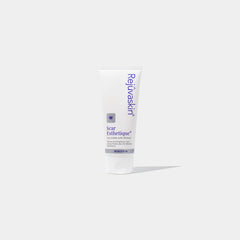


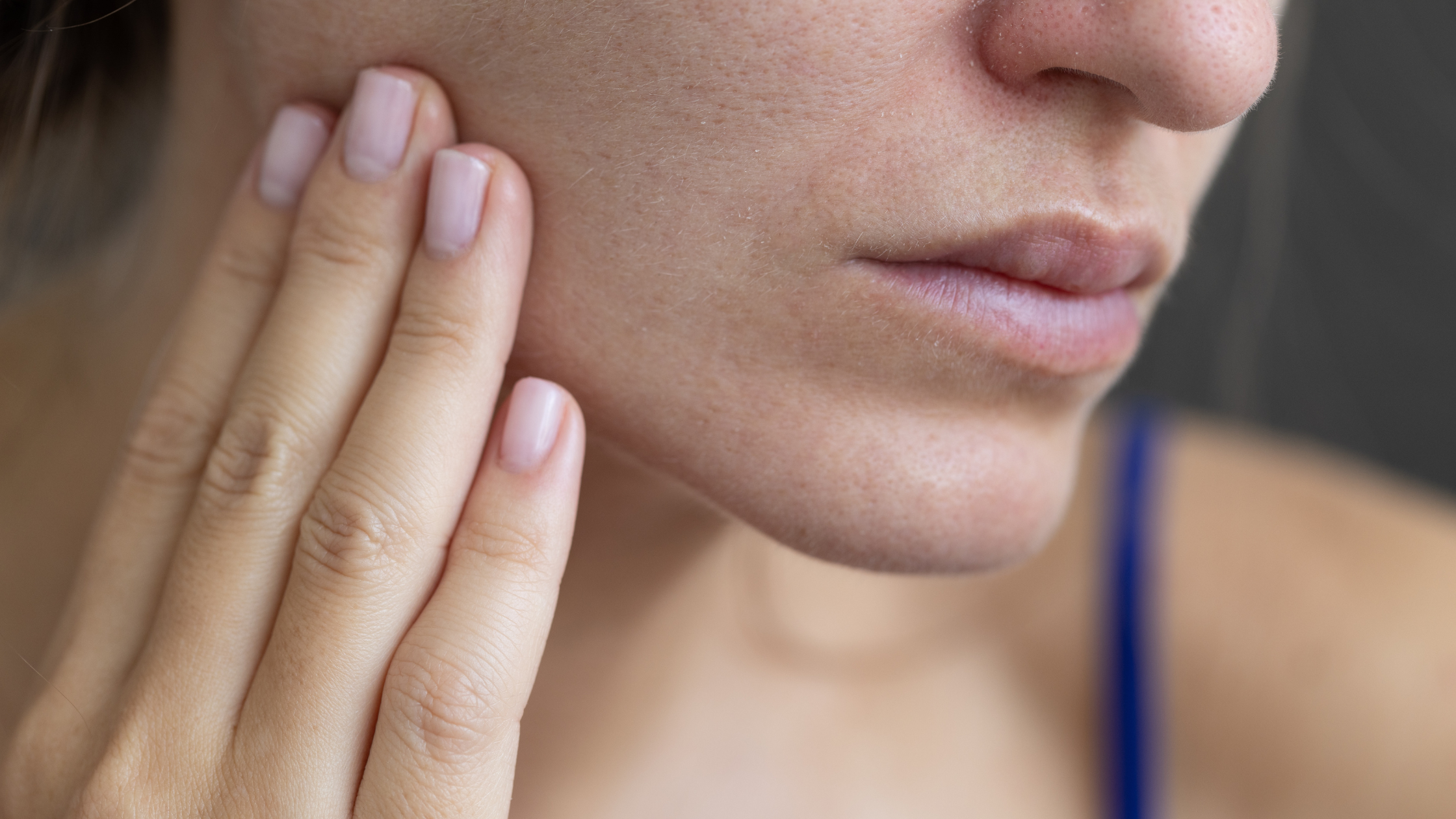
Leave a comment